Muscle Testing
What is muscle testing and why do we use it to help measure your improvements?
Multiple Chiropractors have many different methods of measuring patient improvement during the course of their appointment and their treatment plan. This can vary from taking scans/X-Rays to visualise patient changes or basic functional screening tests such as range of motion testing.
Whatever outcome measure is used, it’s important that the patient fully understands the reasoning behind the measure and how it is helping to objectively assess both their short and long-term improvement in relation to their health and wellbeing.
Here at JS Chiropractic, we like to use muscle testing procedures to help to assess both problems and improvements of our patients effectively. Muscle testing is not used purely to assess a patient’s strength but to assess their resilience to stresses that are placed upon the body.
During the Chiropractic examination, the Dr will test various muscle groups asking patients to “push up into my hand” or “don’t let me move you”. This is to gauge the patient’s maximum level of strength. Then the Dr will apply an additional light force to assess whether the patient can continue the resistance, If the patient fails to hold the force, it is suggestive of nerve interference present within the body that needs to be addressed.
After the treatment has been administered, The Dr will then reassess the previously weak testing muscle. If the patient is now able to hold the new position we know that a positive change has been made. When weak muscles now test strong it is evidence we have changed the body’s neurological input and output. Improving the communication of our nervous system will allow our body to begin to heal, adapt and repair and with time, have a full reduction of pain and improvement of function.
The reason I like this technique is that patients can notice an immediate objective positive change to their bodies. Additionally, it is further evidence that we are not just treating pain but improving function.
There is so much to muscle testing that makes it at present my favourite method of assessment continues to be valuable daily being the diagnostic tool to help improve the quality of life of my patients.
